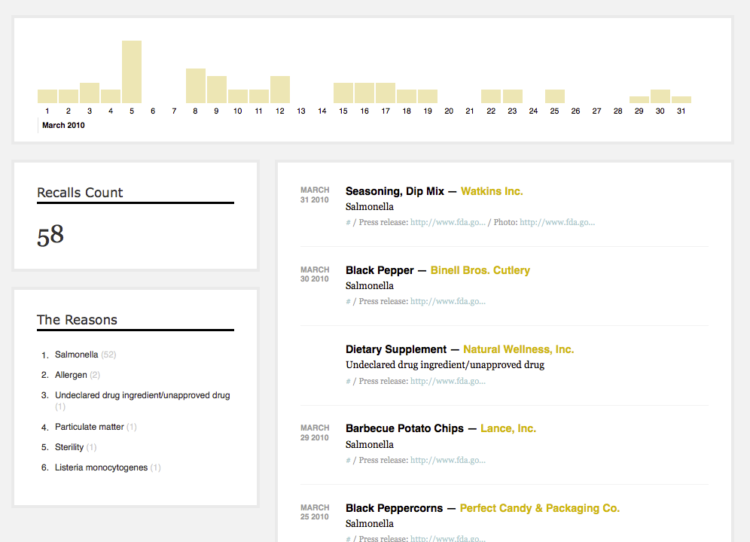Matthew Ericson, deputy graphics director of The New York Times, dug through the archives to find the first occurrence of an election map in the paper, in 1896:
The speed with which the results made it into print boggles the mind given the technology of the day (especially considering that in the last few elections in the 2000s, with all of the technology available to us, there have been a number of states that we haven’t been able to call in the Wednesday paper).
What a beaut. That day, the paper cost 3 cents.














 Visualize This: The FlowingData Guide to Design, Visualization, and Statistics (2nd Edition)
Visualize This: The FlowingData Guide to Design, Visualization, and Statistics (2nd Edition)










